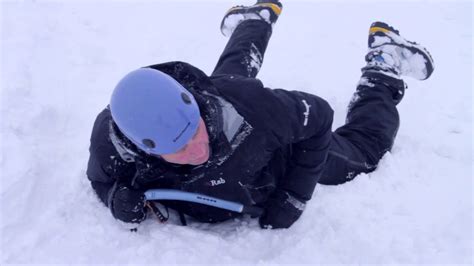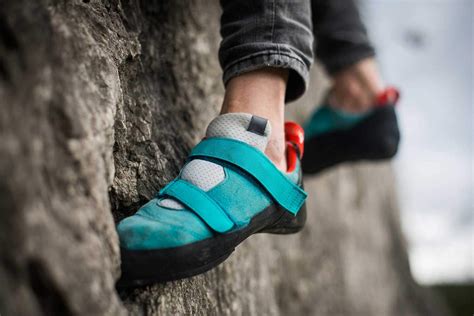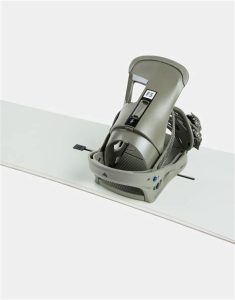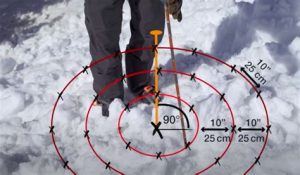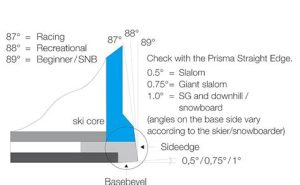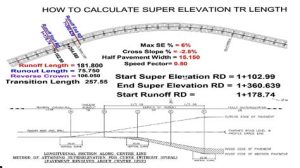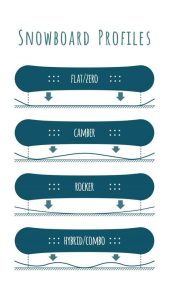Ice Axe Self-Arrest Physics 45° vs 90° Shaft Angles in Hard Snow
Introduction:
In the world of mountaineering and ice climbing, the ice axe is an essential piece of equipment. It not only serves as a tool for ascending and descending steep slopes but also as a vital safety device for self-arrest. One of the key factors that affect the effectiveness of an ice axe self-arrest is the shaft angle relative to the slope. This article will explore the physics behind ice axe self-arrest and compare the performance of 45° and 90° shaft angles in hard snow conditions.

Understanding Ice Axe Self-Arrest Physics:
An ice axe self-arrest is a technique used to stop a fall by driving the pick of the ice axe into the snow. The force generated by the impact of the pick into the snow is what brings the climber to a halt. The effectiveness of this technique depends on various factors, including the angle of the shaft, the slope angle, and the quality of the snow.
45° Shaft Angle:
A 45° shaft angle is considered the standard for ice axes. This angle allows for a balance between self-arrest effectiveness and ease of use. In hard snow conditions, a 45° shaft angle provides a good compromise between penetration and control. The pick is driven into the snow at a steep angle, which increases the likelihood of the pick finding a solid surface and initiating a self-arrest.
Advantages of a 45° Shaft Angle:
– Improved penetration in hard snow.
– Enhanced control during the self-arrest process.
– Suitable for a wide range of slope angles.
Disadvantages of a 45° Shaft Angle:
– May not be as effective in soft snow conditions.
– Can be more challenging to use on steep slopes.
90° Shaft Angle:
A 90° shaft angle is a less common configuration but can be found in specialized ice axes designed for specific climbing techniques. In hard snow conditions, a 90° shaft angle allows for maximum penetration, as the pick is driven into the snow vertically. This can be advantageous in situations where a climber needs to arrest a fall quickly and efficiently.
Advantages of a 90° Shaft Angle:
– Maximum penetration in hard snow.
– Suitable for rapid self-arrest in critical situations.
Disadvantages of a 90° Shaft Angle:
– Can be less stable on steep slopes.
– May require more force to initiate a self-arrest.
Comparing 45° vs 90° Shaft Angles in Hard Snow:
In hard snow conditions, a 45° shaft angle is generally the preferred choice for most climbers. It provides a good balance between penetration and control, making it suitable for a wide range of situations. While a 90° shaft angle offers maximum penetration, it may not be as stable on steep slopes and can be more challenging to use.
Conclusion:
The choice between a 45° and 90° shaft angle for an ice axe in hard snow conditions depends on the specific climbing situation and the climber’s preferences. A 45° shaft angle is generally the safer and more versatile option, while a 90° shaft angle can be advantageous in critical situations where maximum penetration is required. Understanding the physics behind ice axe self-arrest and the differences between shaft angles can help climbers make informed decisions when selecting the right equipment for their adventures.
